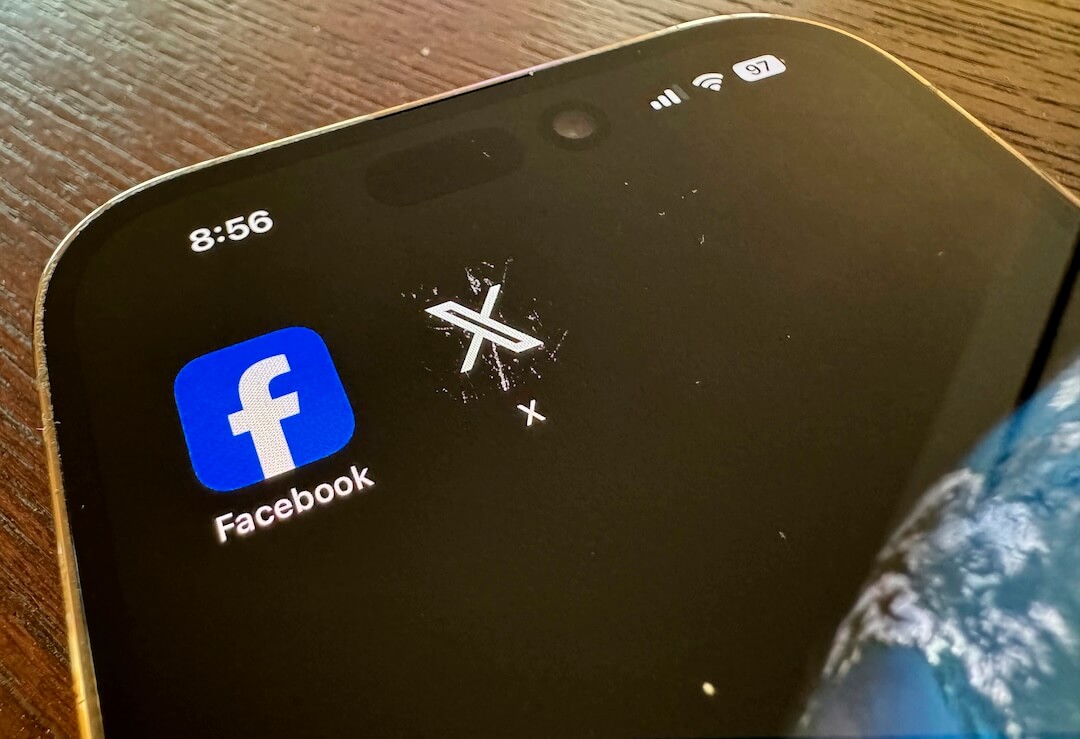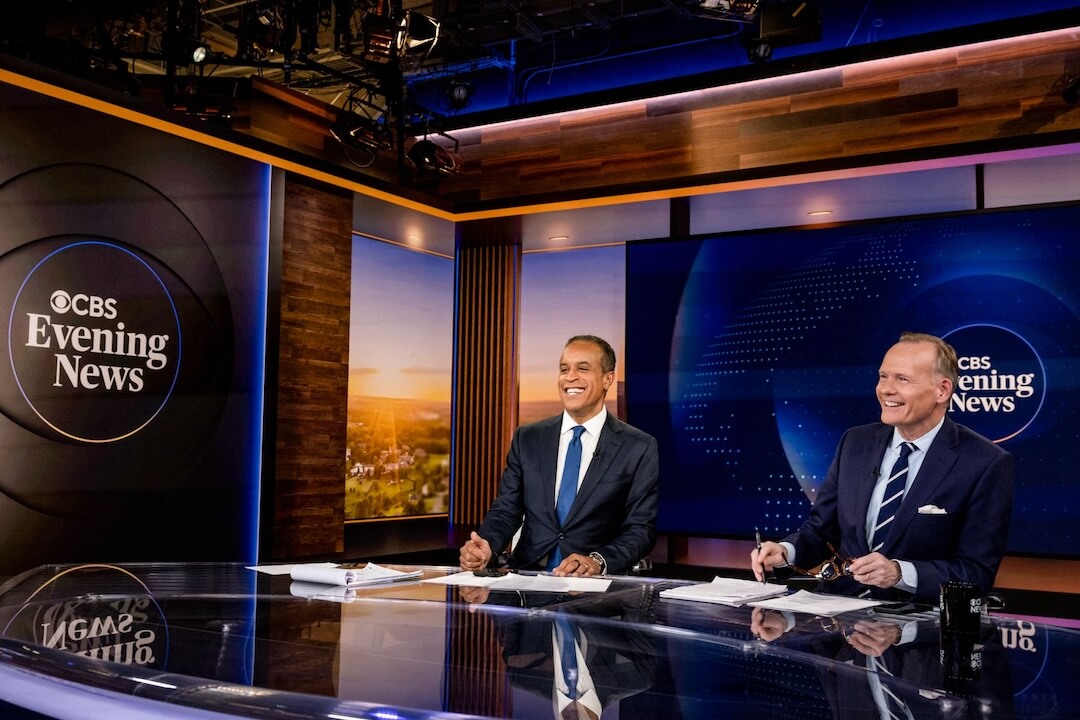Now more than ever, well-rounded visual journalists are needed in print, online and broadcast newsrooms.
The
days of the “art department” are over. The role of the designer has
become the role of visual editor. Functions such as planning and
coordinating — and serving as a daily contributor of
ideas for presenting the news — all occur before a single
visual element is created.
But what skills are absolutely
critical for the journalists filling such roles? Which skills
would someone in a hiring position need to look for in a candidate?
Here’s my take on these questions. I invite you to add yours here.
A STRONG FOUNDATION IN THE FUNDAMENTALS
Typography
Understanding the nuances of
typography is for me a critical skill. I was fortunate to have a
wonderful typography teacher who taught not only about the
elements and beauty of a letterform, but the functionality of it.A
single letter can have multiple characteristics which create the visual
representation of that letter. A letter may have a serif, or strokes at
the top and bottom of letters. Counters, or the enclosed or partially
enclosed space of the letter O or P, and many others. All of these
subtle characteristics create the personality and identity of the
letter and ultimately, its readability.One of the key aspects of readability is a smooth reading experience. Develop an eye for disruptions such as letter spacing (kerning) and tracking that is too tight or too loose in headlines and other text.
In
most newsroom situations, designers have a limited number of typefaces
to work with. These typefaces become part of the spirit of the
publication. Each typeface, hopefully no more than two or three styles,
should have a specific function. These functions should be outlined in
a design stylebook.But
readers don’t care if a headline is set in Franklin Gothic type or
Times Roman. Good typography is transparent to the reader. What matters
is the readability of a typeface, and most importantly, is the headline
clear. Once the type style is in place, all of the focus should be
placed on writing good headlines.There are many wonderful typography books available for you to explore. Here are a few of my favorites.
• Designing with Type: A Basic Course in Typography by James Craig
• Typographic Design: Form and Communication by Rob Carter, Ben Day, Philip Meggs
• A Typographic Workbook by Kate Clair
• The Elements of Typographic Style by Robert BringhurstLook for the upcoming launch of Typography for News Design at NewsU.org.
Other type resources:
Know Your TypeColor Theory
It’s
not about color palettes, though they are an important part of the
identity and spirit of a publication. Most of us live in a color-filled
world and as visual communicators we must understand how color works.
Color theory wasn’t cooked up by someone for their own amusement. Color
is a gift from nature that we can use as a powerful tool in
storytelling and navigation.Make color work for you by giving
it a job to do. Use color to create a mood and evoke emotion. Use color
to guide the eye and emphasize information. Again, color is a tool that
is transparent to the reader but enhances information and usability.Color resources:
Books on color theory:
“The Elements of Color”
By Johannes Itten
ISBN: 0471289299“The Pantone Guide to Communicating with Color”
By Leatrice Eiseman
ISBN: 0966638328“The Color Index”
By Jim Krause
ISBN: 1581802366On the Web:
Color, Contrast & Dimension in News Design
Understanding ColorDesign
Design
is about content. Using space, contrast of size, color, type, mood and
concepts to communicate the essence of a story. The story drives the
design and a designer should understand that they are not designing for
self-satisfaction.As I grow as a designer I find it more and
more important to simplify and distill ideas into most basic forms. For
me, that means developing clean designs through the use of the grid,
consistent typography, usually using only one typeface, keeping
decorative elements to a minimum and allowing the content and visual
elements to enhance one another.A good communicator and listener
Learn
to speak the language of visuals and journalism. Often times we run
into obstacles that are created by the lack of a common language. My
experience has been that it takes time and experience to develop a
style of communication that allows the free exchange of ideas.A
good visual communicator can articulate a concept and the reasoning
behind design choices in a non-threatening and non-defensive way.
Design isn’t personal even though you might take it personally.Resources:
Pure Design
By Dr. Mario Garcia
ISBN: 0-9724696-0-5Watch Your Language, by Ron Reason.
Language of the Image
a News University online tutorial
Curiosity about the world
Development
as a visual journalist depends heavily on the desire to learn as much
about the world as possible. And by that I mean the world outside the
newsroom. Yes, you must know your current events, but developing
conceptual ideas requires a deeper knowledge of a wide variety of
topics. Everything from how things work to literature and politics.
Create
an idea file where you catalog things that inspire you. Don’t just buy
design books with other people’s work in them. Fill your shelves with
odd books from used or out-of-print book stores. You never know when
you’ll need a book on the history of anvils. Have fun with it.
The
definition of a well-rounded visual journalist continues to move toward
a mutli-disciplined, multi-platform skill set that uses both sides of
the brain: Analytical journalist on the left and creative problem
solver on the right.
Other useful resources to provoke more thinking:
Process of Designing Solutions





